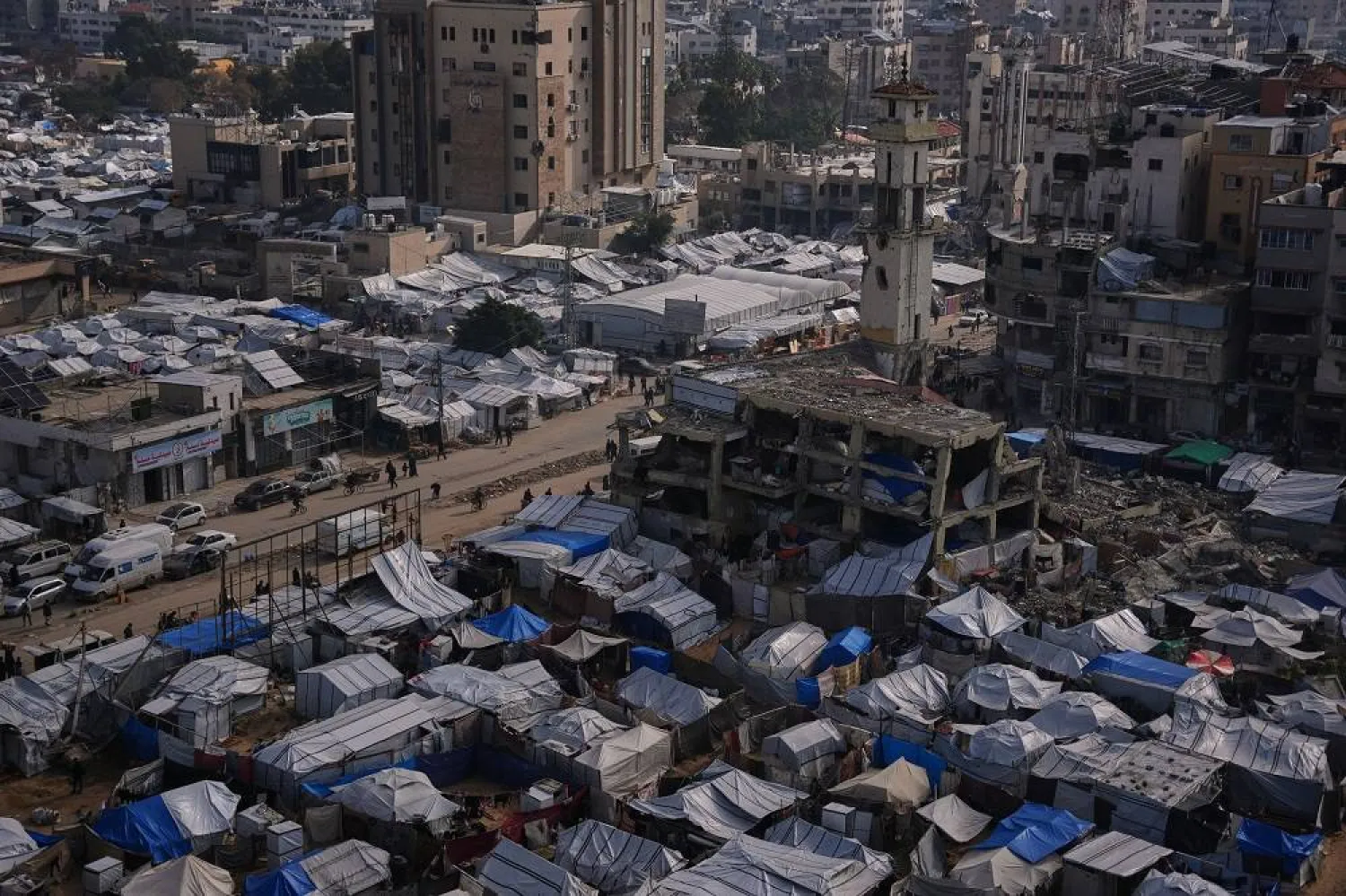The Syrian regime forces reinforced their military units in the countryside of Raqqa and Aleppo governorates after coordinating with the Syrian Democratic Forces (SDF) and receiving a guarantee from the Russian forces deployed in the vicinity.
Syrian convoys moved under the protection of Russian warplanes and brought in heavy reinforcements, including tanks and armored vehicles. Hundreds of soldiers were stationed on the front lines.
The military movements came after the Turkish threats and the mobilization of Turkey-affiliated Syrian forces.
SDF spokesman Aram Hanna announced that the Syrian government agreed to send heavy weapons to boost the combat capabilities of the Syrian forces and SDF to confront any possible Turkish attack jointly.
In a press interview, Hanna explained that the Syrian regime approved sending the reinforcements given the need to enhance SDF's defensive capabilities with quality weapons, heavy artillery, tanks, and armored vehicles.
He pointed out that these reinforcements will support the Forces' position to deter the "Turkish occupation army and its Syrian terrorist mercenaries," stressing that the forces are committed to the agreements concluded in October 2019.
Hanna explained that the recent agreement and the defense plan signed with the Syrian government fall within the military framework, including preserving the integrity of the Syrian soil and confronting possible aggression that may be carried out by the Turkish occupation army and its mercenaries.
Meanwhile, a military source in the Tal Abyad Military Council of the SDF said that Syrian forces deployed with their heavy weapons in Ain Issa, north of Raqqa, and were stationed in the 93rd Brigade which is controlled by the government forces.
Other reinforcements were sent to Kobani and Manbij, in the eastern countryside of Aleppo, and part of these weapons and soldiers will be deployed to al-Arima to support the government forces.
The Syrian forces withdrew from many areas after the outbreak of peaceful protests against the regime in the Spring of 2011.
However, in October 2019, the forces returned after the Turkish Peace Spring operation to areas under the SDF control after a bilateral agreement under the auspices of Russia.
They reinforced their positions after signing a joint defense plan on July 5, reaching 550 Syrian soldiers.
A board member of the Democratic Union Party (PYD), Aldar Khalil, said that the plan with the Syrian government failed to agree on the centralization of governance and the state's identity.
Khalil told Asharq Al-Awsat that the government fears that it will lead to losing power and authority, adding that the country is not for one component to determine identity.
The government must protect the country's sovereignty and borders, said Khalil, pointing out that they all agree there is a danger that threatens Syria's sovereignty as a state and identity as a country.
He also called on the Syrian government to translate its words into practical steps to deter the Turkish attack, reiterating that if authorities want to resolve the crisis, the essential thing is deterring the Turkish aggression and end its occupation of Syrian territory.









